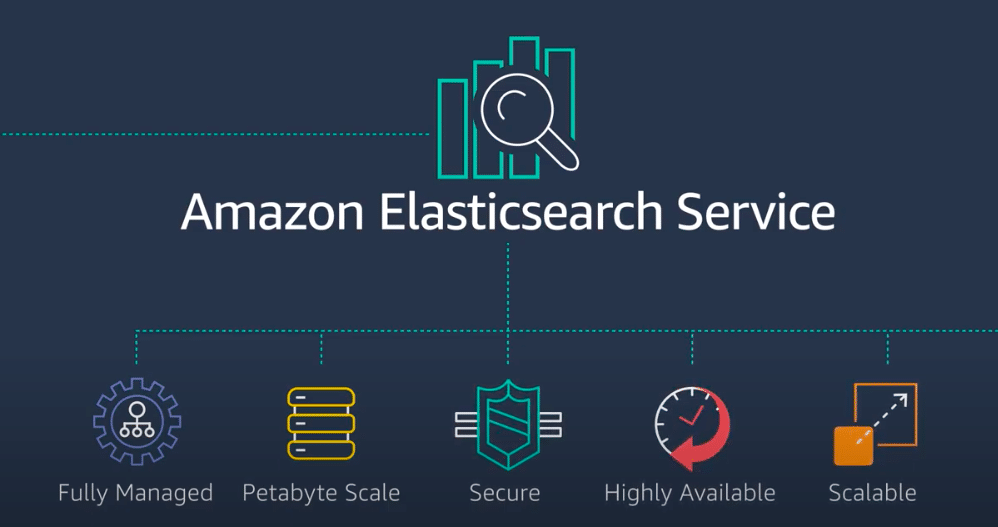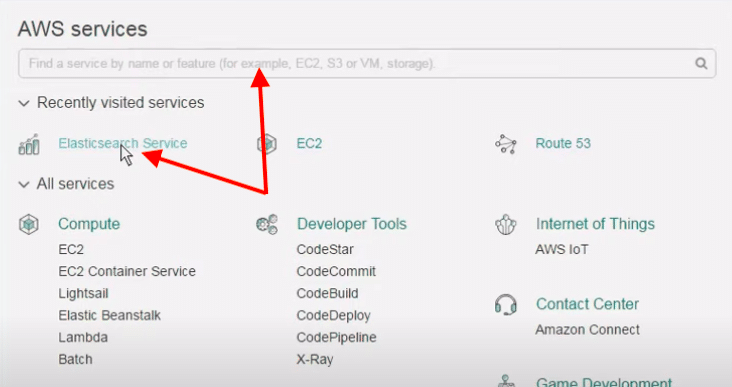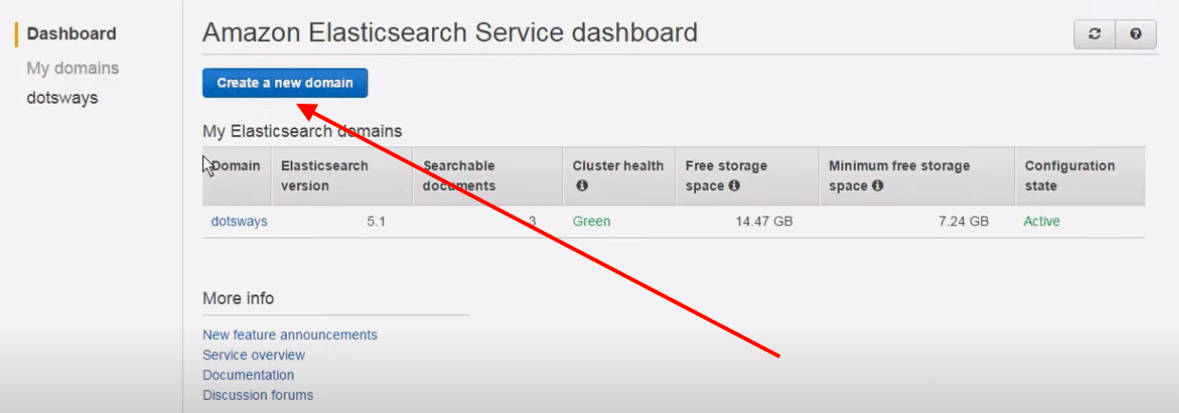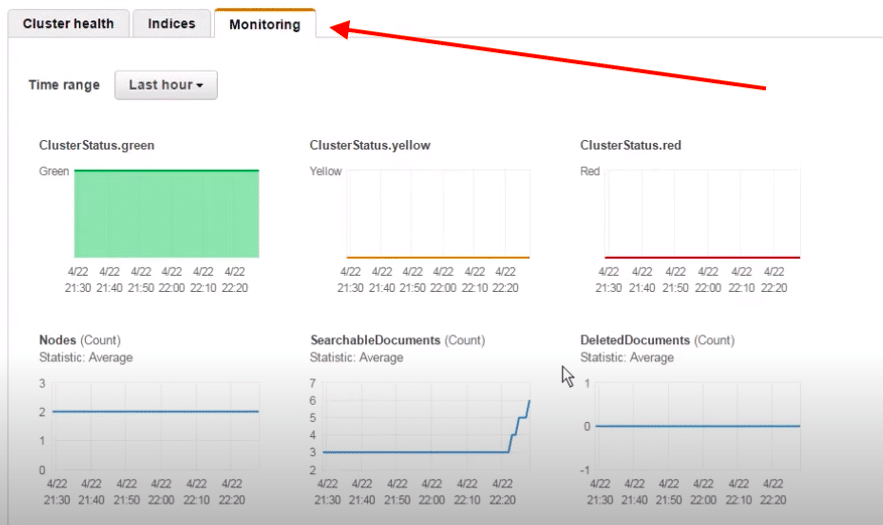Elasticsearch is a service offered by Amazon’s Web Services for indexing user’s data. AWS Client can store all types of data with the help of the AWS S3 service and all the data can be indexed easily using Elasticsearch service. A client can easily move data from S3 to Elasticsearch using third-party tools or with the help of the coding. AWS S3 Elasticsearch works together to simplify and index the client’s data.
AWS Elasticsearch: Introduction
Elasticsearch is a tool cum service that is used to index the user’s data. It’s an open-source platform that helps AWS clients for indexing data, monitoring of the applications, text-search, etc. It’s a multi-function tool that becomes essential for every AWS client.

AWS Elasticsearch – Introduction
Elasticsearch tool works with many other tools such as Logstash, Kibana, etc. The service is highly on-demand as it is easy-to-use and helps AWS clients in many ways. The tool has a built-in open-source API that can be configured easily with the existing system.
Apart from this, the AWS Elasticsearch tool offers Logstash and Kibana support to parse the data quickly. Most times this tool works automatically to index data and to manage them the way you want. With seamless built-in integration, the tool helps clients work with multiple services easily.
How to Load AWS S3 Data to Amazon Elasticsearch?
Most AWS Clients get confused when it comes to manage and index the data stored in AWS S3. To make it easier for the clients, one can easily load AWS S3 data to Amazon Elasticsearch. The following method helps users load AWS Data to Amazon ES easily.
AWS S3 data can be easily loaded to Elasticsearch using a third-party tool called Hevo Data. It’s a fully managed ETL tool based on the cloud. The tool is specially designed for data loading using tools such as S3 and Elasticsearch. With an easy-to-use interface, it lets even a newbie client load S3 data to Elasticsearch.
The tool works automatically and doesn’t require extra time for pre-processing. The indexed data can help clients with monitoring things easily. It reduces the time taken for managing the big data of an enterprise. If you are worried about the data management and indexing of the data, then this is a must-use tool for every AWS S3 client.

How to Load AWS S3 Data to Amazon Elasticsearch

How to Load AWS S3 Data to Amazon Elasticsearch – Create new domain

How to Load AWS S3 Data to Amazon Elasticsearch – Monitoring
With consistent performance and an easy-to-use interface, this tool becomes popular among AWS clients. The following list of its advantages will help you to know more about this tool.
Advantages of Hevo Data
Easy-to-use Interface: The tool comes with an easy-to-use interface that lets even anyone use it for loading and indexing data.
Real-time-data transfer: The tool comes with in-built integration with over 100 sources. It can be integrated with multiple sources and systems for easy management of data. With just a few clicks, one can integrate the tool for loading data of AWS S3 to Elasticsearch.
Transformation of Data: With the built-in tool of transforming data, a client can transform data as per his requirement.
Fully Management Platform: The tool comes with a built-in data management tool. When you start investing your time, you can easily learn new tricks of indexing data.
Customer Support: This premium tool comes with a trial period of 14 days for free. The tool offers top-notch customer care support to resolve the queries. A user can reach out to the customer care team through email, live chat, and support calls.
Apart from the third-party tool, an AWS Client can load AWS S3 data to Elasticsearch using the Lambda trick. Amazon Lambda creates a trigger to load data continuously from S3 to Elasticsearch. The lambda will first locate the S3 data and then it creates a code to index your file. The located data can be indexed automatically once the code is implemented.
To get started with this method, first, you have to create and deploy the Lambda Package using the Python Editor. After that, a Lambda Function needs to be created to work automatically and continuously for the S3 data to be indexed using the Elasticsearch tool.
Conclusion:
Amazon’s Elasticsearch is a must-have tool for AWS S3 clients to manage and index data quickly. In this blog post, we have described the best methods to load AWS S3 data to Elasticsearch. With regular practice, one can easily learn the best tricks to index data of S3 to Elasticsearch.